Sweden is the one country in Europe that can be said to be strongly connected to wood and the wood industry. It is covered by 57% of forest (over 2.6 billion trees) and is one of the world's biggest exporters of timber and paper. No wonder scientists here thought they could get transparent wood. And they did. The resulting material - a translucent wood - is a very good substitute for glass and plastic, but is stronger than glass and more biodegradable than plastic.
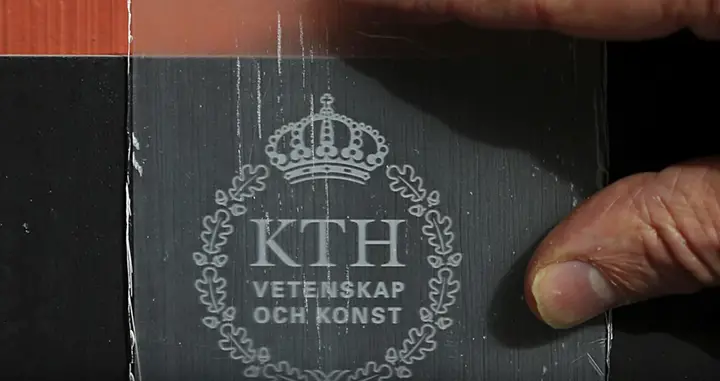
Transparent wood from the Royal Institute of Technology
Lars Berglund is a researcher at KTH Royal Institute of Technology in Sweden. He is known for his habit of taking ordinary materials and trying to discover new properties. Years ago, Lars created a fiberglass composite material for the aerospace industry that is much harder and much lighter. He decided to apply the same principles to Swedish wood and try to discover or transfer new properties to it. And he came up with a composite material he called transparent wood.
The process seems simple enough. He removed lignin from a very thin veneer in a paper-like process and replaced it with a polymer. The lignin gives the wood that brownish color, so he's got a translucent composite with a transparency of 85%, which he thinks he'll improve over time.
The advantage of the new material is that it retains the hardness of wood while remaining transparent. It is also as biodegradable as wood. Hence the idea that in the future such a material could replace glass or some plastics in construction, with benefits for both buildings and the environment.
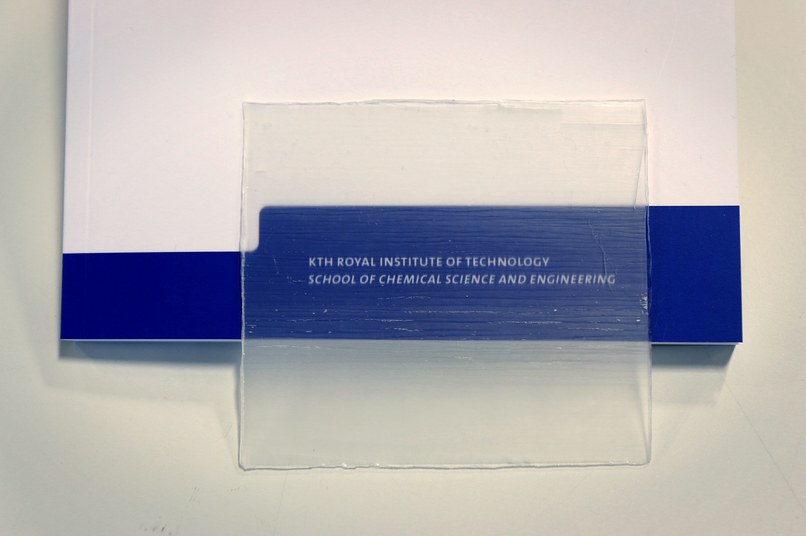
Transparent wood composite at the University of Maryland, USA
Still a transparent wood composite was also obtained at the University of Maryland, USA. The idea is the same, to replace lignin with a resin that gives the wood transparency. In this case, after chemically removing the lignin, an epoxy resin was put in its place. This process has been used in the past. The absolute novelty is that this was achieved with a 100 mm thick piece of wood.
Although it can't be used yet, researchers assure us that in 2 years transparent composite wood will become a material with construction uses. The news has already got designers and architects dreaming. We'll just have to wait and possibly bet on who will be the first to use it: the Swedes or the Americans.
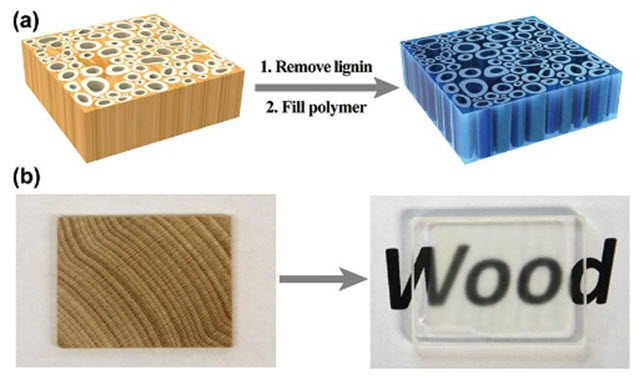
(source: fastcodesign.com)























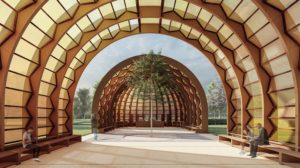


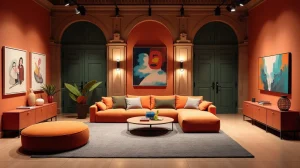






Very bad I don't recommend if you are in technology class and your teacher makes you write